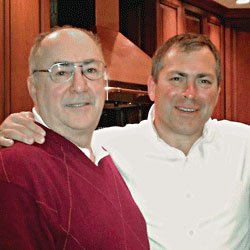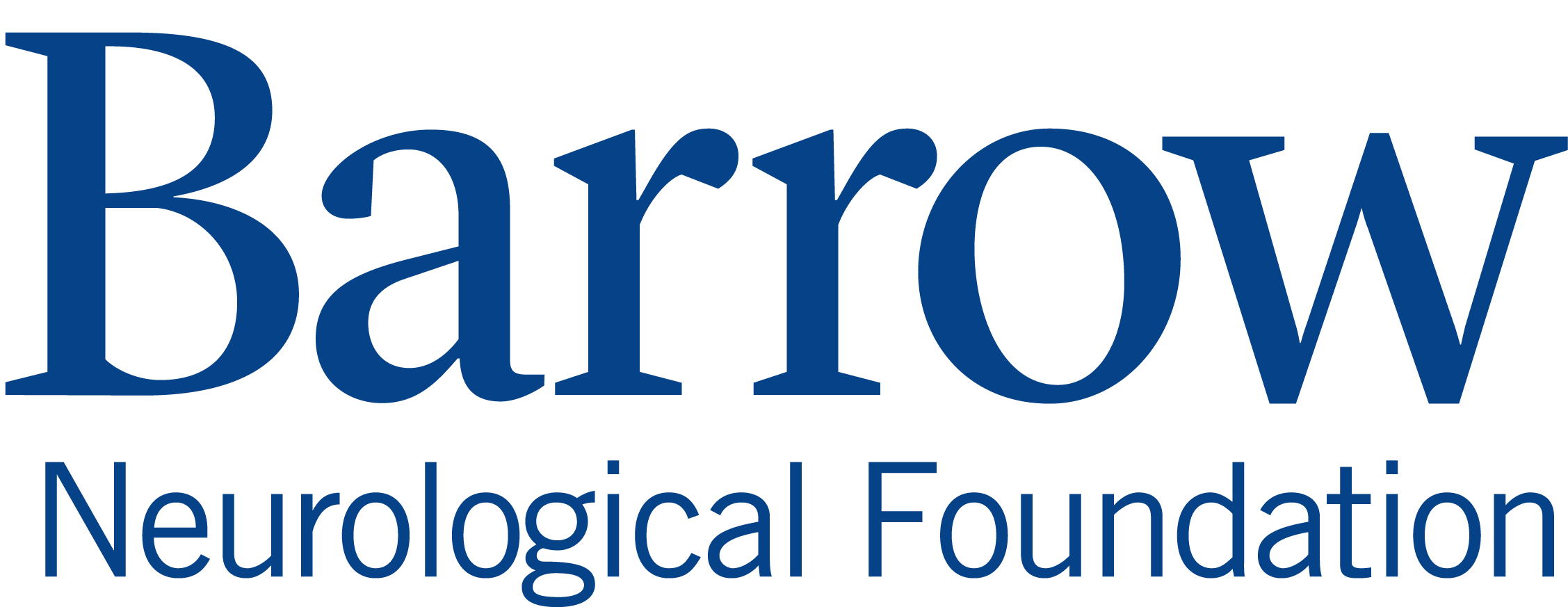Happening Now
Grateful son and innovative attorney supports brain-spine research, sparks unique Barrow-ASU collaboration

Little did he know at the time, the grant would become a stepping stone on the path to an even greater discovery—a streamlined process for patenting medical devices by partnering Barrow residents with law students at Arizona State University.
“I’m so thankful to be able to connect brilliant minds from two separate institutions,” said Lisa, who has law offices in Scottsdale and Chicago. “It’s definitely a win-win for both groups, but the way it came together was fortuitous.”
Over the past 16 months, Lisa developed a deep personal appreciation for Barrow, where his father is being treated for glioblastoma, the deadliest form of brain cancer.
“My dad has received amazing care at Barrow, but what struck me in particular was the expertise and care of the neurosurgery residents,” he said. “Their talent is astonishing … light years ahead of other hospitals.”
Lisa turned his gratitude into a generous gift by way of the multi-year grant, supporting residents’ research while compelling them to even higher levels of achievement. Three grants were awarded in 2015 to fund projects with vastly different goals: to advance neurosurgery in the developing world; test the efficacy of a wrist device for tracking patients’ progress after brain surgery; and the creation of a prototyping laboratory at Barrow for residents to design new medical devices.
It was the prototyping lab that really hit home for Lisa, who is not only a patent attorney, but also an electrical engineer. Proposed by Michael Bohl, MD, the new lab is equipped with 3D technology and machining tools for residents to design and build prototypes for new medical devices.
Even though establishing the lab was a dream-come-true for Dr. Bohl, it didn’t eliminate one of the most difficult challenges for bringing a new device to market—obtaining a patent to gain approval through the Food and Drug Administration. That’s when Lisa began connecting the dots between his ASU affiliation and Barrow, opening the door to multi-beneficial opportunities.
As a successful ASU alumnus, Lisa has donated generously to the university’s Sandra Day O’Connor College of Law, establishing the Lisa Foundation Patent Law Clinic in 2009. Thus, all it took was a phone call to the school’s dean, Douglas Sylvester, to get the ball rolling on a unique new partnership.
“When I suggested there was opportunity for students to gain hands-on experience writing patents for technologies designed by some of the smartest neurosurgeons in the world, they jumped all over it,” he said.
The Barrow Innovation Center was established through a formal agreement that allows ASU law students and faculty to act as legal counsel for St. Joseph’s Hospital and Barrow for purposes of drafting provisional patent applications. Students and residents meet periodically to review and evaluate ideas. The ASU students are supervised by licensed patent attorneys throughout the process. And at Barrow, several lead neurosurgeons participate in the screening and brainstorming sessions attended by residents working on new designs.
Much to his liking, the Barrow Innovation Center has become an extension of Dr. Bohl’s prototyping lab.
“Ideas for medical devices were usually bottlenecked because it was so difficult to get through patenting,” he said. “But now we are eliminating the barriers.”
Three provisional patent applications have already been submitted since the relationship with ASU was formalized. And now that the seed has been planted, Dr. Bohl and Lisa both believe that the number of innovations will grow, attracting more residents and ASU students to participate and, hopefully, more donors to come forward with support.
